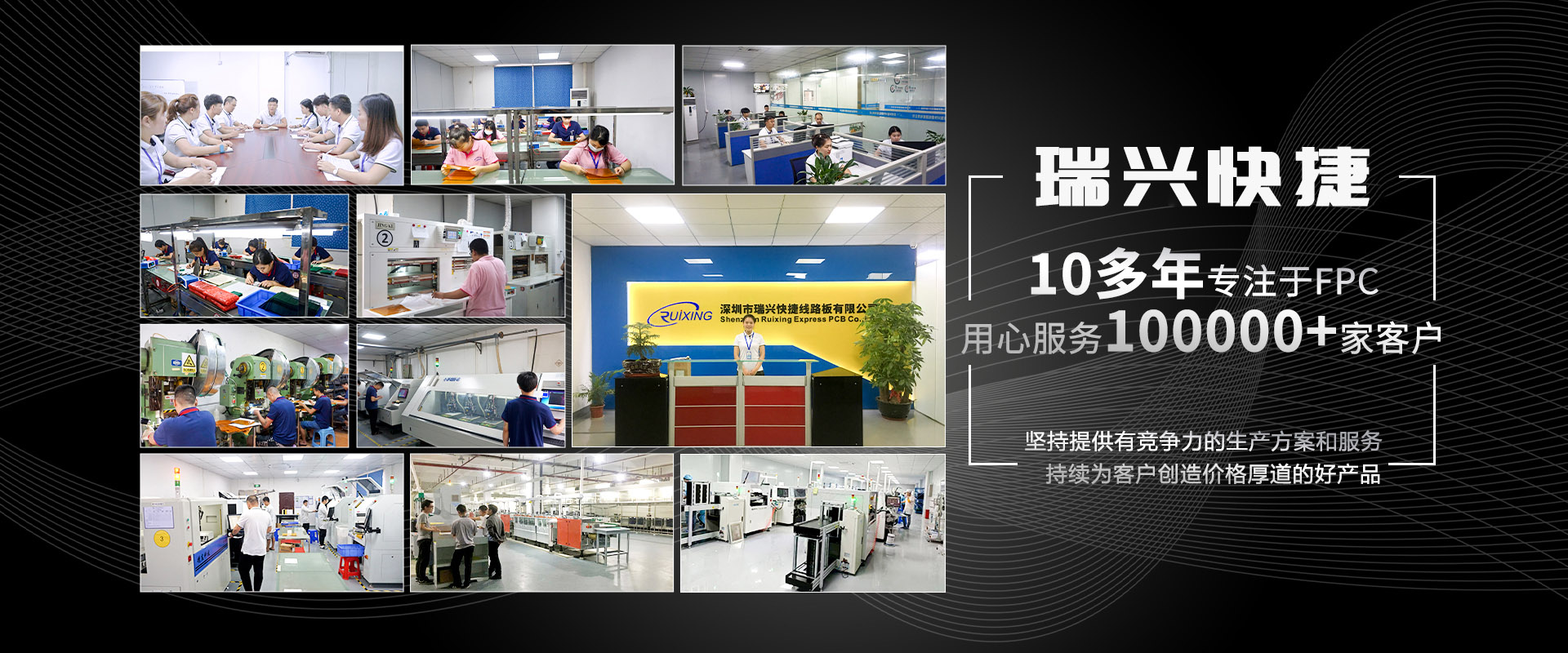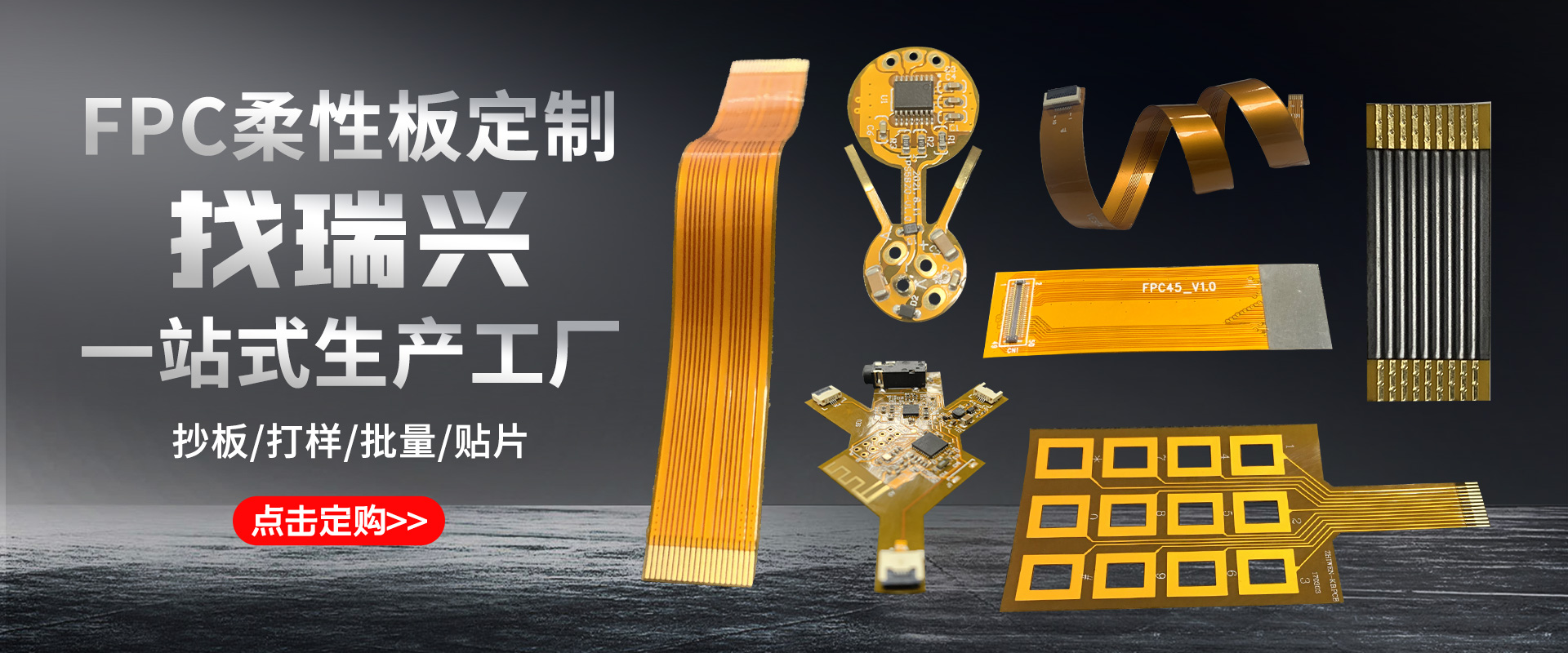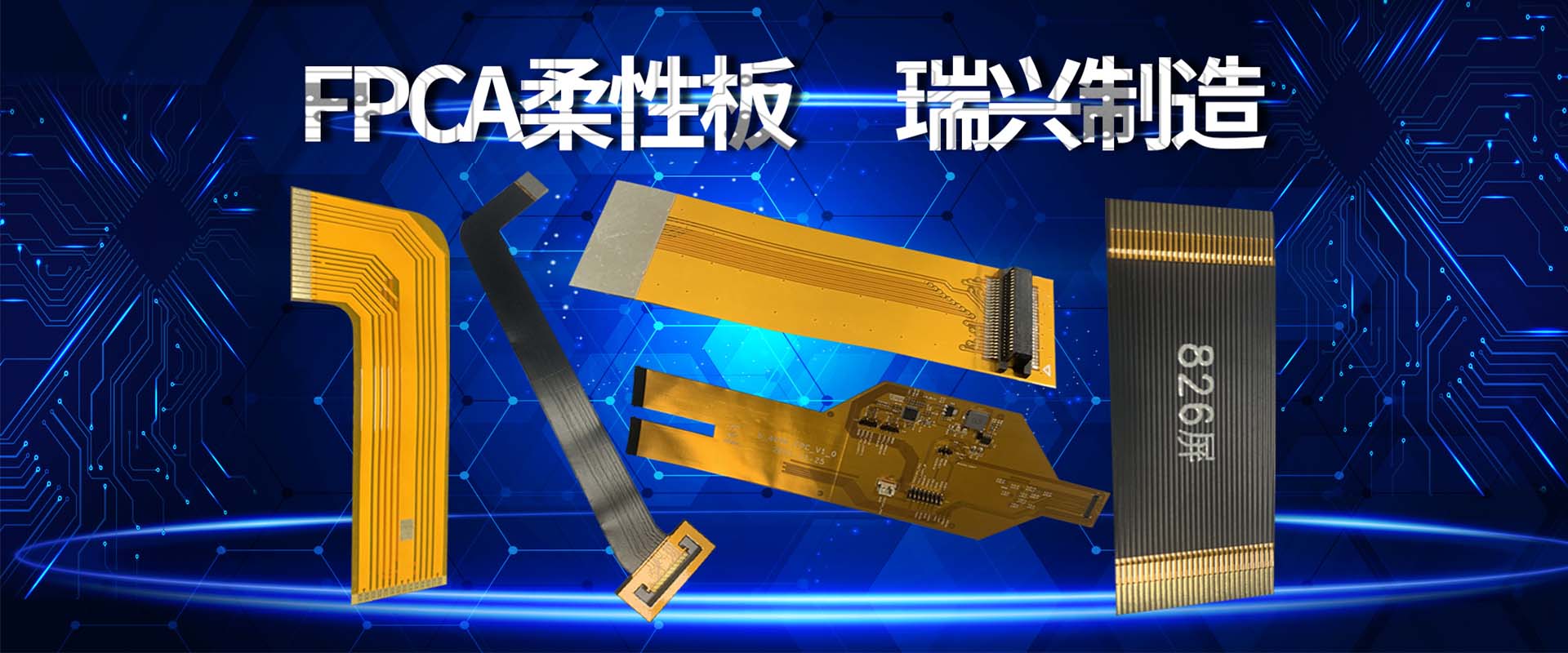
What are the key factors for the bending radius of FPC flexible plates?
What is the key factor for the bending radius of FPC flexible circuit board of LCD? With questions, let's first understand what is the FPC flexible board of TFT LCD. Flexible circuit board (FPC) is a highly reliable and excellent flexible printed circuit board made of polyimide or polyester film. It has the characteristics of high wiring density, light weight, thin thickness and good bending. When the FPC flexible circuit board is bent, the pressure types on both sides of the core wire are different. The inside of the curved surface is pressure, and the outside is tension. The magnitude of the stress is related to the thickness and bending radius of FPC flexible circuit board. Excessive pressure will cause lamination of FPC flexible circuit board, copper foil fracture, etc. Therefore, the laminated structure of FPC flexible circuit board should be reasonably arranged in the design to make the curved surface of the center lines at both ends as symmetrical as possible. At the same time, the minimum bending radius shall be calculated according to different applications.
Application 1. The minimum bending of single-sided flexible circuit board is shown in the figure below:
Single-sided flexible circuit board
Its minimum bending radius can be calculated by the following formula: R=(c/2) [(100-Eb)/Eb] - D Note: R=minimum bending radius, c=thickness of copper sheet (unit: m), D=thickness of covering film (m), EB=allowable deformation of copper sheet (in percentage). The deformation of copper sheet varies with different types of copper.
A. The maximum deformation of rolled copper is less than 16%.
B. The maximum deformation of electrolytic copper is less than 11%.
In addition, the copper deformation value of the same material is different in different applications. For one-time bending, the limit value of fracture critical state is adopted (for rolled copper, the value is 16%). For bending installation design, use the minimum deformation value specified in IPC-MF-150 (10% for rolled copper).
Dynamic flexibility: The application scenario of this copper sheet is realized through deformation. For example, the phosphor copper shrapnel in the IC card is the part that contacts the chip after the IC card is inserted. During insertion, the shrapnel will continue to deform. This application scenario is flexible and dynamic.
Application 2: double-sided board
Double-sided flexible circuit board
Where: R=minimum bending radius (unit: m), c=copper sheet thickness (unit: m), D=coating film thickness (unit: m), EB=copper sheet deformation, measured in percentage.
The value of EB is the same as above.
D=thickness of interlayer medium, in M.
Through the above analysis, we understand that in different applications, the copper deformation value is different, and the minimum bending radius of FPC flexible circuit board should be calculated according to different applications. Therefore, the key factor to determine the minimum bending radius of FPC flexible plates is the value of copper variables and the choice of application occasions.







